Imagine you're in another country at a festival that has colorful decorations, fun music, and exotic food. What you're experiencing is both "culture" and "traditions" connected within a community.
Culture and tradition are often mixed up, but knowing the difference between the two is not only interesting, but important.
As the world becomes more connected, recognizing the subtle differences between these two terms helps you understand others and show respect.
 Image by gstudioimagen on Freepik
Image by gstudioimagen on Freepik
What Is a Culture?
Culture describes the common beliefs, values, and social interactions within a society.
A society refers to a community of people living in the same geographical area that share the same culture.
There are many different cultures around the world and each has unique characteristics.
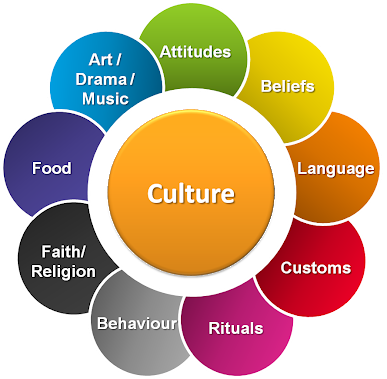 Image courtesy of European School Education Platform
Image courtesy of European School Education Platform
Parts of Culture
Food: Every culture has its own unique ways of cooking and preparing food.

Language: A common language in a culture allows for communication among people.

Values: Cultures share common values, which is how they judge good from bad.

Music: Styles and instruments define traditional cultural music.

Art: Art differs among cultures and can be based on medium and style preference. Art can be painting, writing, dance, and architecture.

Clothing: People of the same culture typically wear similar designs and styles of clothes.

Religion: People within the same culture typically share the similar religious practices and beliefs.

Wondering how culture and society come together?
The relationship between culture and society is dynamic and always evolving.
You can think of society as what provides structure with rules and routine, while culture is what shapes our daily lives and makes our lives more vibrant.

Surface and Deep Culture
Have you heard the expression, "This is just the tip of the iceberg"?

Culture has often been compared to an iceberg.
Just as there is only a small portion of an iceberg visible above the water surface and a large part hidden beneath the surface, culture has both surface level and deeper elements.

There are aspects of culture that are clearly visible and things that go deeper to the core that make culture a whole.
Surface culture and deep culture contribute to the social and economic structures of a society while also allowing individuals feel a sense of identity and belonging.
Surface Culture
Dress
Art and music
Rituals
Dance
Language and gestures
Deep Culture
World view
Spiritual beliefs
Concepts of justice
Decision making
Ideas about time
The video below explains the difference between surface culture and deep culture:
Quiz time!
Which of the following represents deep culture?
A. Wearing traditional clothing like a kimono at Japanese ceremonies and festivals.
B. The beliefs and values that a community holds about family roles.
C. Eating traditional foods such as pasta in Italy.
D. Participating in activities like holiday parades or sports events.
Quiz
Which of the following represents deep culture?
What Is a Tradition?
In contrast to culture, which is broad, tradition is more specific. A tradition refers to a particular event or practice within a group of people.
Traditions are a part of culture that have been passed down throughout generations.
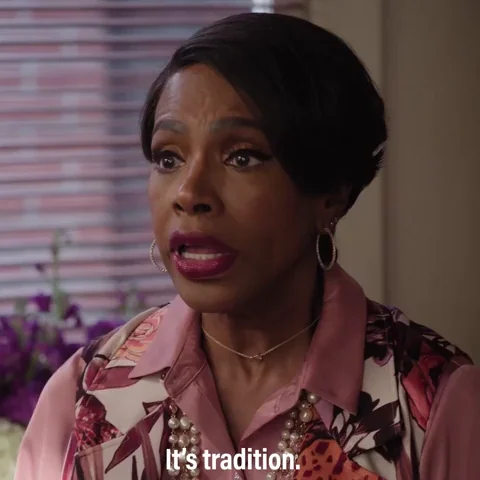
Traditions can influence all parts of culture such as art, writing, education, law, music, family life, politics, and religion.
Cultural traditions help people understand their place in society. They're a way for people to understand their heritage and honor their ancestors.
Types of Traditions
National traditions focus around a country's identity and are embraced by the majority of the country's population. Examples include flags, national anthems, parades, and national holidays.
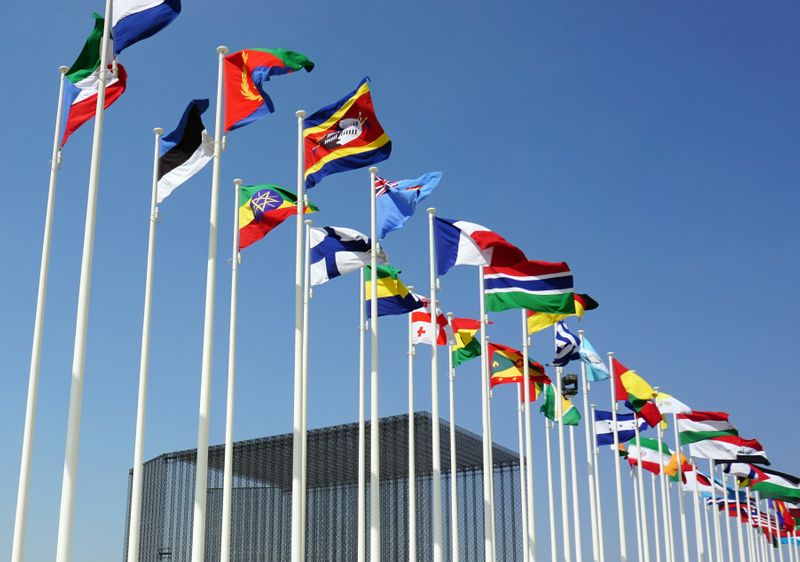 Photo by Saj Shafique on Unsplash
Photo by Saj Shafique on UnsplashReligious traditions focus on spirituality and include attending religious ceremonies, celebrating holidays, and observing holy days. Examples include celebrating religious holidays such as Hanukkah, Christmas, and Eid al-Fitr.

Family traditions focus on creating a sense of connection within a family. This can include family dinners, game nights, storytelling, vacations, and reunions. These traditions are unique within families.

Examples of Traditions
Celebrating the Day of the Dead in Mexico: Also known as “Dia de los Muertos,” this tradition takes place each year from October 31st to November 2nd. It's a lively and colorful celebration to honor the memory of loved ones who have passed away.
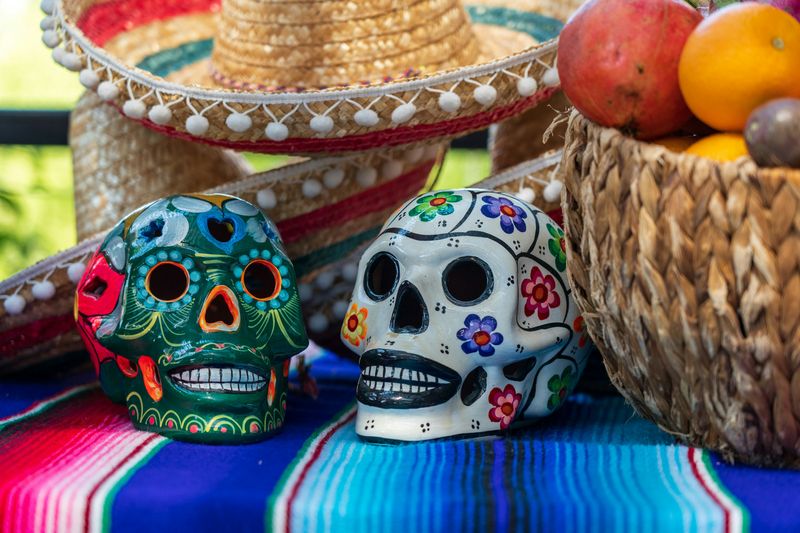 Photo by Nick Fewings on Unsplash
Photo by Nick Fewings on UnsplashPeople removing their shoes before entering houses in Japan: This tradition started hundreds of years ago when the Japanese began to wear shoes when cultivating rice. After a hard day's work, they would honor their homes and remove their shoes so they wouldn't bring dirt inside. This tradition is still practiced today in Japanese culture.
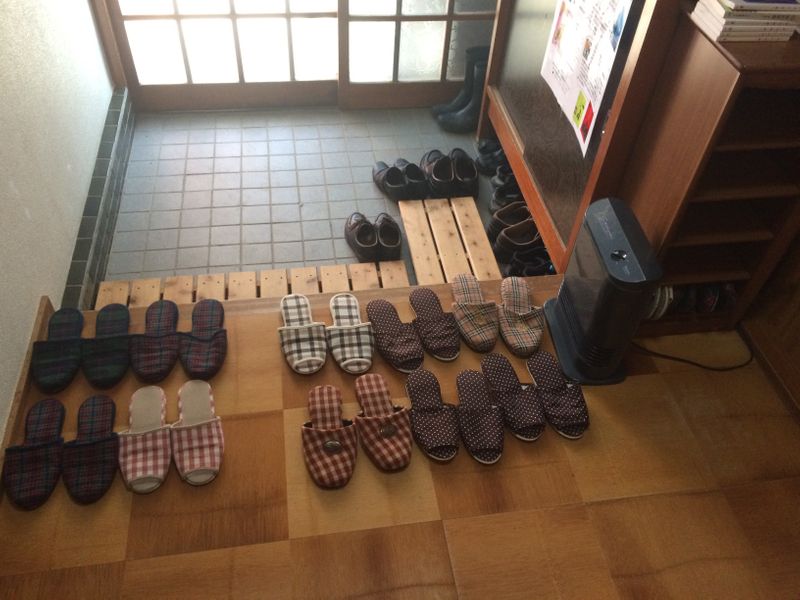
Celebrating Thanksgiving: This annual holiday is celebrated in the USA and Canada. Americans model their Thanksgiving on the 1621 harvest feast that took place between English Pilgrims and Indigenous inhabitants when the colonists arrived in America. The meal includes turkey, potatoes, bread stuffing, pumpkin and apple pie. It's a day when families and friends gather to share thanks.
 Photo by Jed Owen on Unsplash
Photo by Jed Owen on UnsplashWhy Is It Important to Learn about Culture and Traditions?
Knowing the difference between tradition and culture is the first step in gaining a deeper appreciation for someone's culture.
Traditions are just a glimpse into someone's culture, representing "surface culture" that you can visibly observe — in other words, traditions can be seen as "just the tip of the iceberg".
However, to truly understand someone's culture, it's important to go beyond the surface by listening and learning to appreciate the deeper, more complex picture.

Ways to show respect for different cultures:
Learn about different cultures: You can do this by reading books, watching documentaries, or even asking polite questions. The more you learn, the more you can understand.

Be aware of your own culture: Reflecting on your own culture can help you learn more about your own values and beliefs. This can help increase your self-awareness and critical thinking skills.

Be flexible: Be willing to adapt your behavior and way of communicating to demonstrate empathy and build trust.

Take Action
Culture and tradition have different meanings. Traditions are the parts of culture that are passed down throughout generations within a culture. Culture has several different parts, and traditions are one of those parts.

Now that you know about the difference between culture and tradition, take these next steps to learn more:
Your feedback matters to us.
This Byte helped me better understand the topic.
